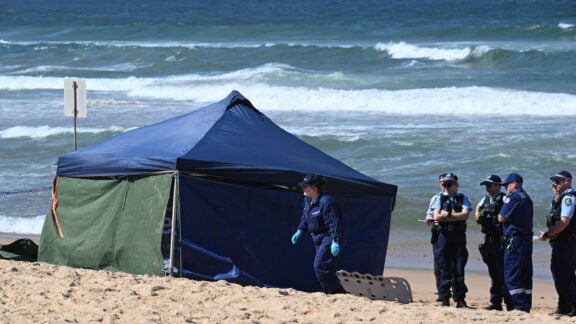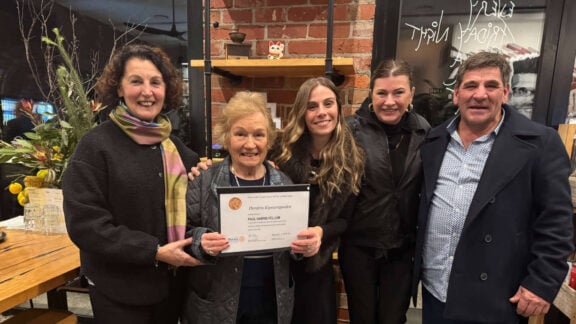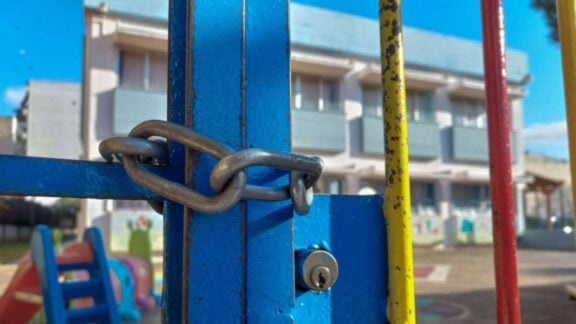A total of 15 new Priority Primary Care Centres (PPCCs) are due to be opened in Victoria, 12 by early February, as part of the Victorian Government’s push to futureproof the state’s health system in the wake of the pandemic.
Ten have already opened in Heidelberg, Ballarat, Dandenong, Epping, Frankston, Glen Waverley, Moonee Ponds, Narre Warren, Prahran and Sunshine.
The centres which provide bulk-billed healthcare, are designed to act as a buffer between GPs and hospital emergency rooms.
“Even in the space of just a few months, the PPCC’s are already making a real difference to emergency department demand.”
A Victorian Government spokesperson told Neos Kosmos that “Of the 6,000 patients treated to date, some 2,000 of them would have otherwise attended a local emergency department.”
“The centres’ extended operating hours, seven days a week and up to 16 hours a day, are giving Victorians more care options and freeing up critical hospital resources for those who need them most,” they said.
Wait times for non-urgent patients presenting to Victorian hospitals ballooned over the course of the pandemic, when it was feared the system might reach breaking point.
Acting Minister for Health Colin Brooks says that “PPCC’s are helping reduce waiting times in our emergency departments, while giving Victorians another option for non-emergency care, ultimately taking pressure off our hardworking doctors and nurses”.
It’s hoped the centres will also make it easier for families to access free health services in light of an increase in gap payments across GP practices.
“Far too many Victorians can’t get in to see a GP at all let alone one who bulk bills. It’s a basic right that if you’re sick, you should be able get care at no cost,” said Premier Daniel Andrews on 3 January, when he announced the opening of the 12 centres due in February.

Associate Professor Magdalena Simonis a GP, and recently elected to the Federal Council GP Representative on Australian Medical Association (FCGPR-AMA) told Neos Kosmos that while the PPCC’s probably won’t provide the same continuity of care as a family GP, they’ll serve well as “walk-in walk-out” clinics dealing with acute health issues.
“For the immediate treatment of acute conditions such as sprains, minor fractures or infections, stomach upset and even in some cases palpitations, they’ll provide a good service for people who need to see a doctor for a problem that can be attended to then and there.”
She she notes that it’s important these clinics share a line of communication with patients’ regular GPs so that family doctors can stay up to date with the health of the people in their care.
“It would be unfortunate if we saw people waiting the day out at these clinics rather than pay the gap for a consultation with a GP who will care for their entire health.”
“Each person attending an emergency department costs the taxpayer $600, these centres will lighten that load, but for the management of chronic conditions and mental health, GPs are vital; we know people have a better, closer relationship with their GP,” she says.
The Government says it’s invested more than $70 million to deliver the services which will be available to all Victorian’s “with or without a Medicare card”.
Alongside NSW Premier Dominic Perrottet, Andrews is lobbying the federal government to boost the rate of bulk-billing among GPs in an overhaul of the Medicare program.
The two leaders have made clear they’ll make it a top priority when they attend National Cabinet on February 1, with a major report expected from the Commonwealth outlining their plan to reform the public health subsidies.







